A vibrant group of about 40 people from diverse professional and ethnic backgrounds, since 1972. We espouse Rotary’s motto of “Service Above Self” and live by Rotary’s 4-way Test.
Our focus is to serve humanity through our various projects in the local community, international, vocational, and youth programs. We build relationships with other community organizations, and charity groups.
Our projects are funded primarily by our Market at North Rocks which we manage every Sunday morning. Our voluntary work is done in the spirit of fellowship and fun.
Please join us Tuesday evenings, or on a Sunday morning at our Market.
Learn more..

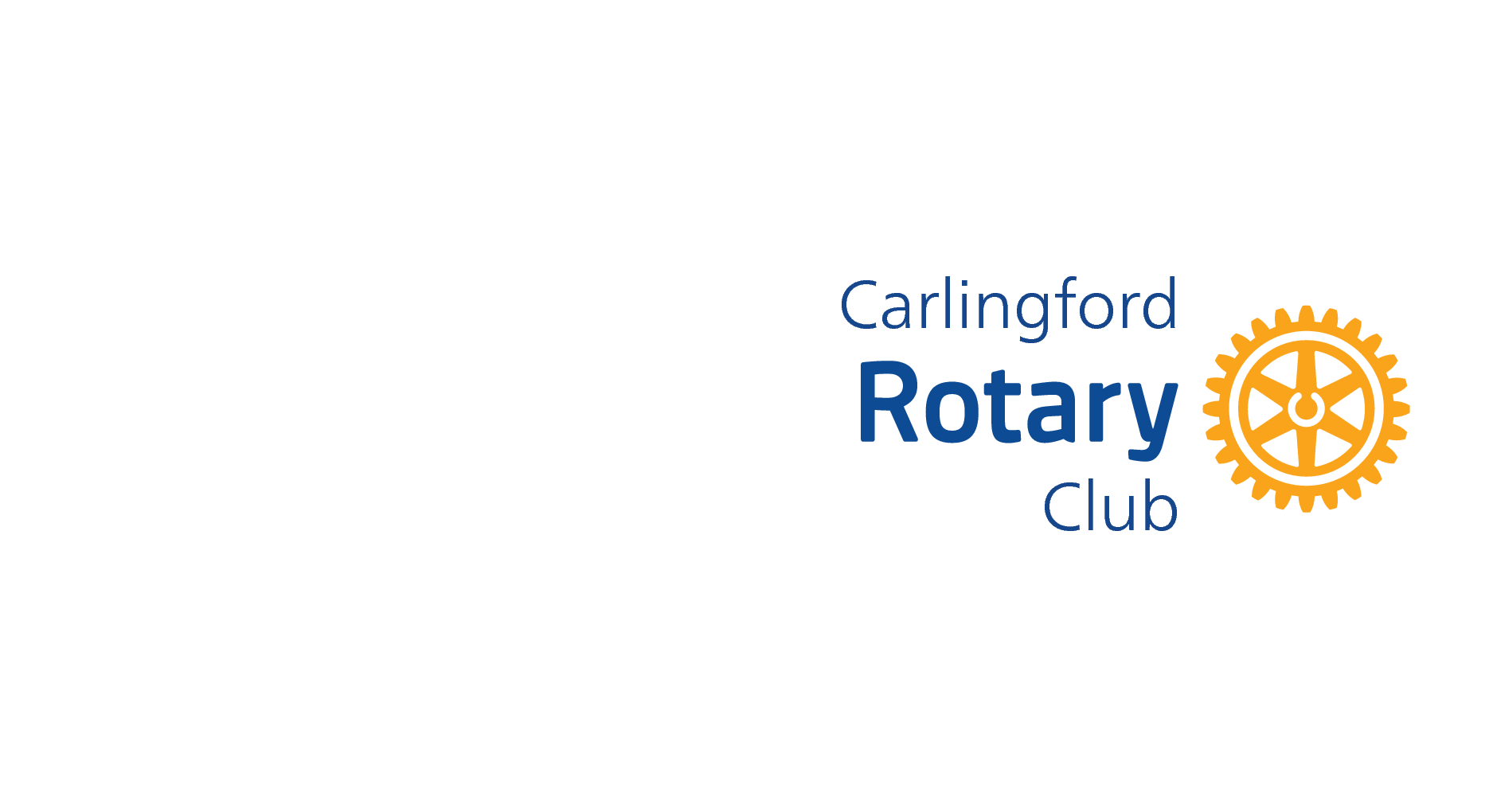




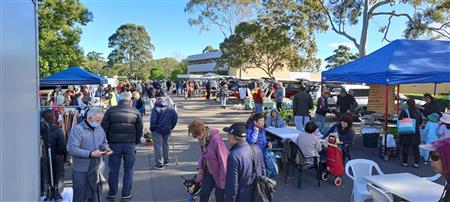

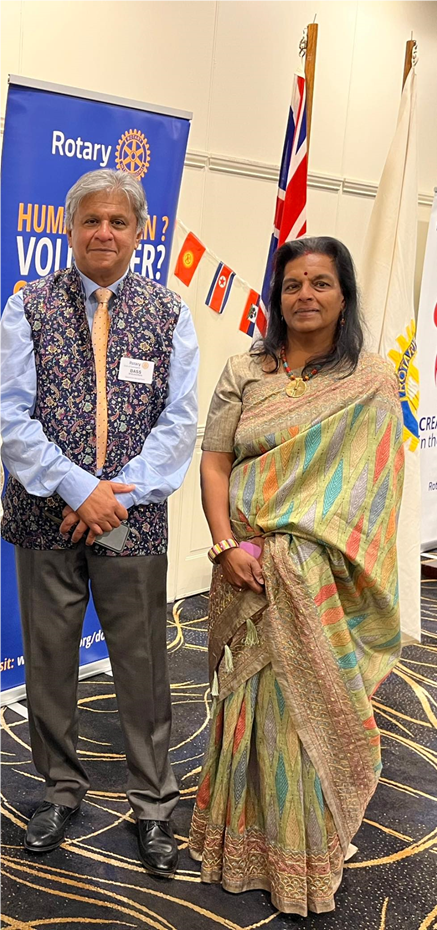

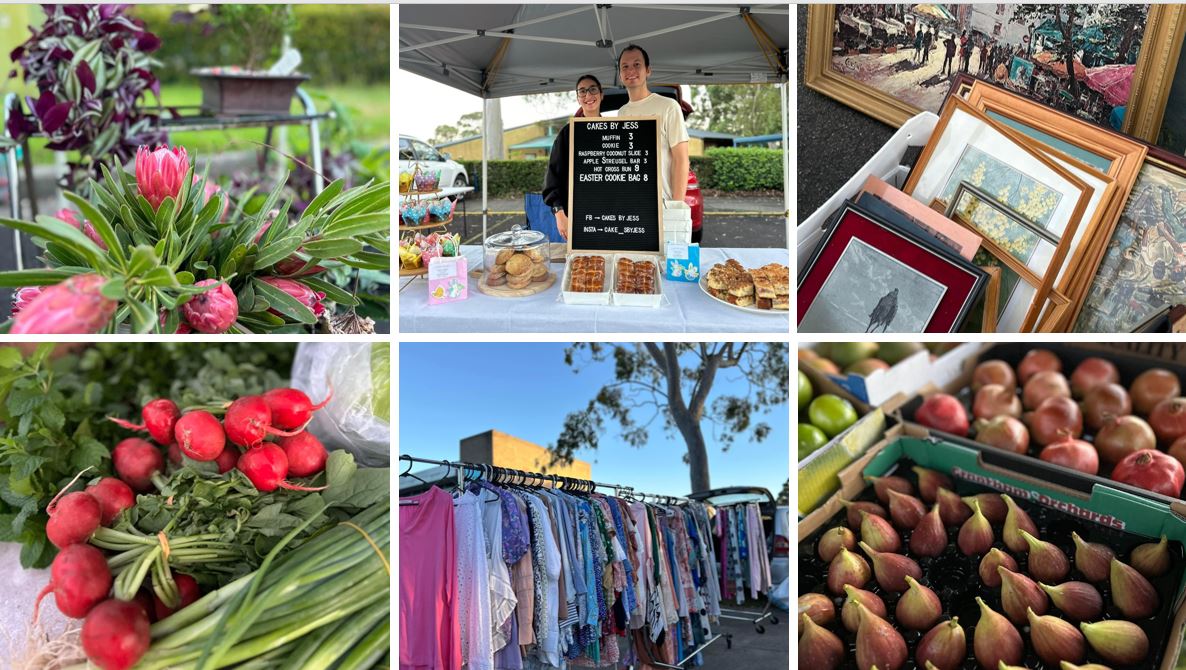
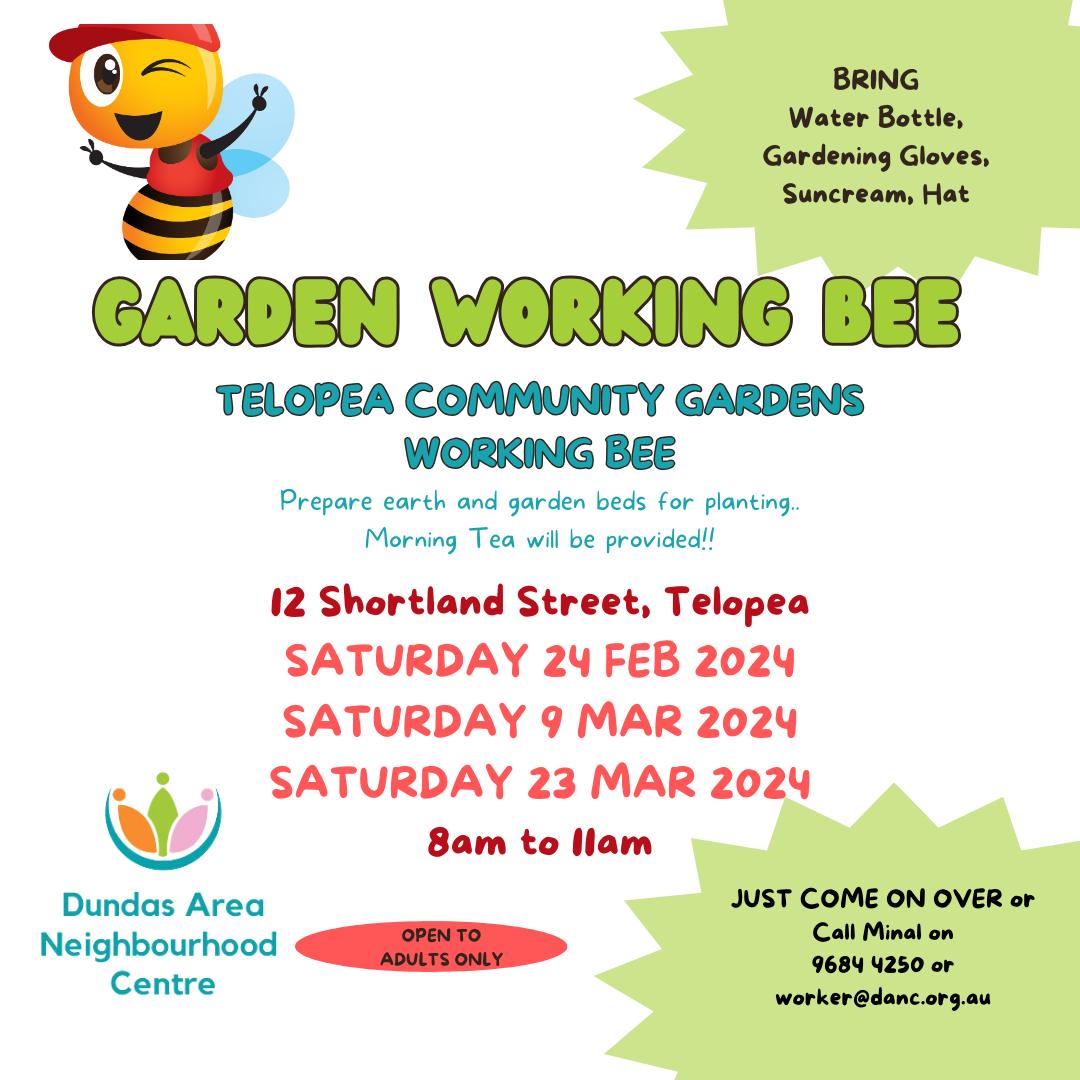

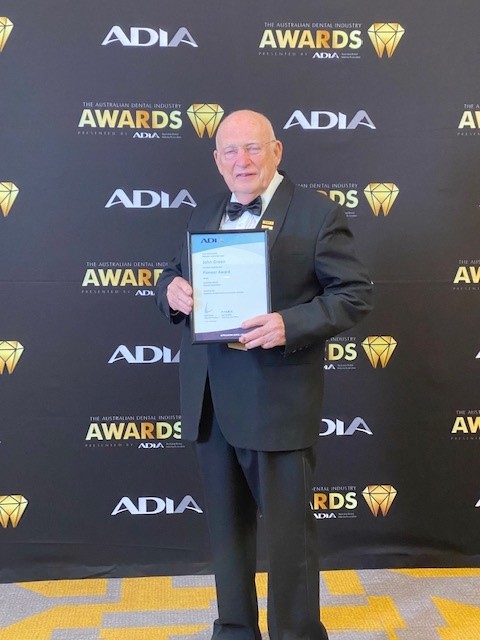
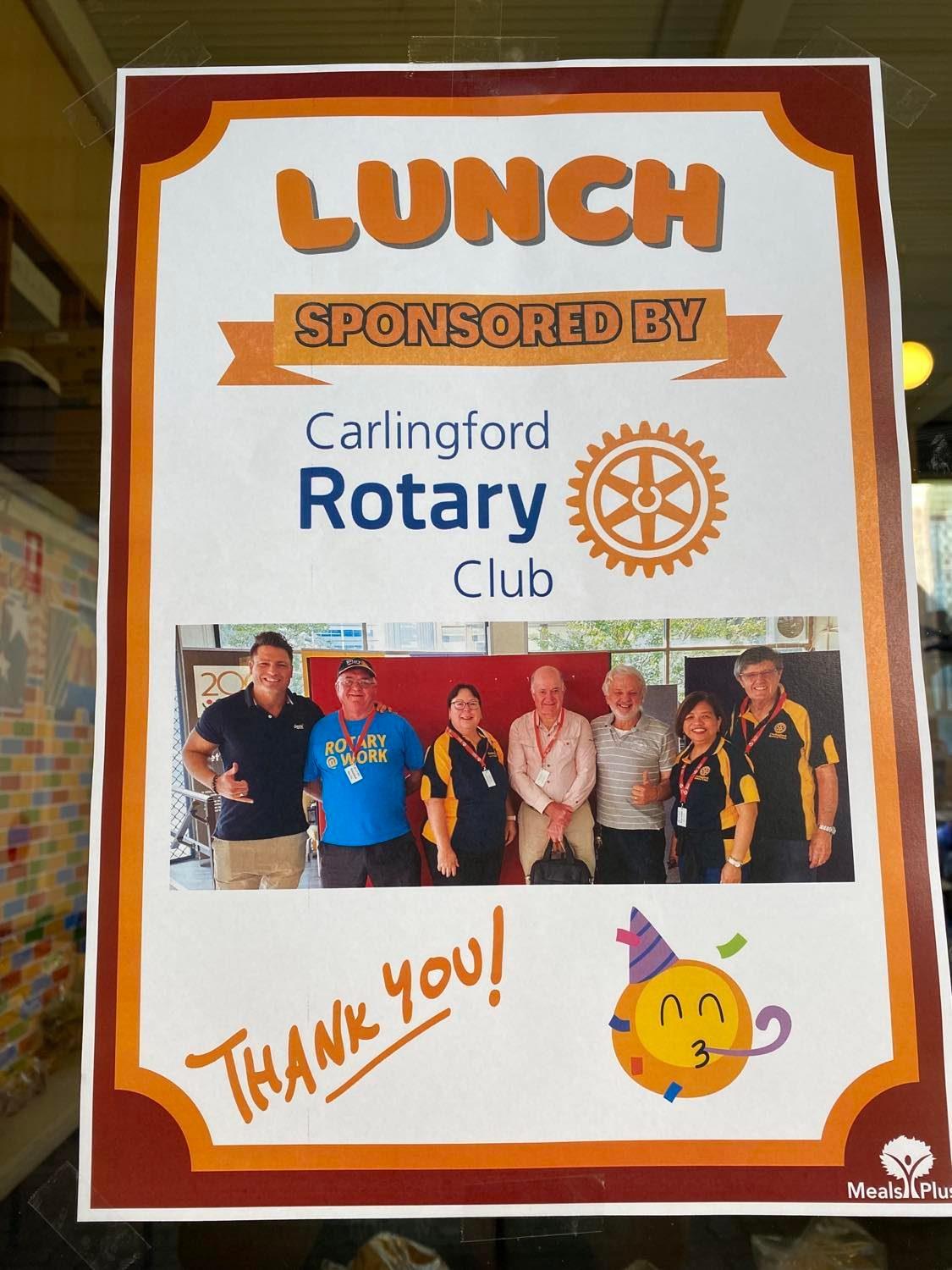
Dundas, NSW 2117
Australia